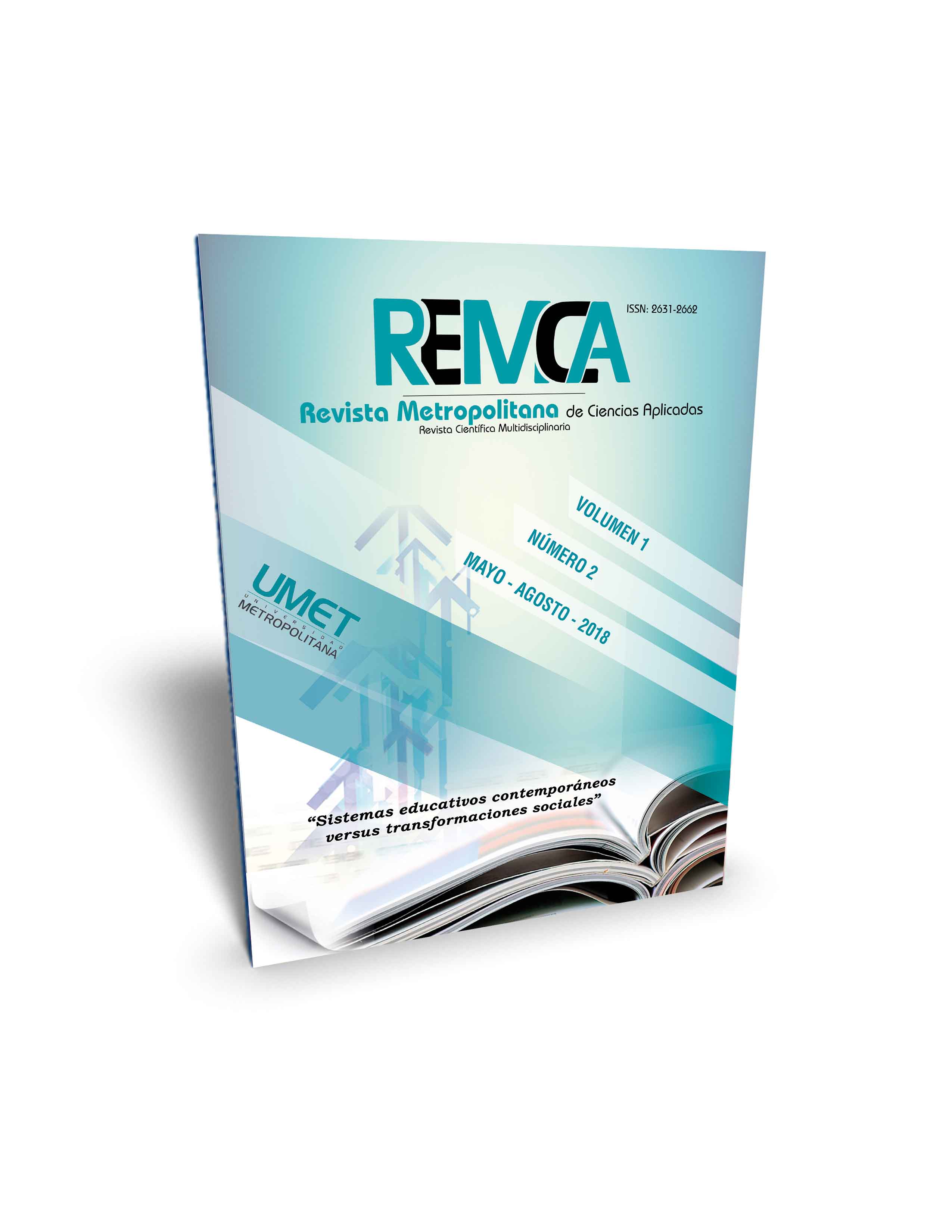The development of creativity through the scope of oral expression at the level of initial education
DOI:
https://doi.org/10.62452/s0k35696Keywords:
Creativity, expression, oral, education, initialAbstract
In this study, a practical theoretical reflection related to creative development at the initial level is presented. Specifically, at this level the teaching-learning process is oriented through 4 areas and that of Oral Expression, which seeks to develop children's personality, based on their integral development. The diagnosis of children in Ecuadorian institutions shows little motivation and curiosity for learning, an issue that jeopardizes compliance with the provisions of the National Education Curriculum in Ecuador. The question asked by the Research is how can the teacher develop creativity through the teaching-learning process in the area of communication in the children of the initial level? To achieve this purpose, the characteristics of the activities have been proposed. to develop, structured in three stages.
Downloads
References
Betancourt, J. (1997). La creatividad y sus implicaciones. La Habana: Academia
Cruz, S. S. (2015). El desarrollo de la independencia cognoscitiva en la formación de estudiantes de arquitectura. Arquitectura y Urbanismo, 36(2), 140-145. Recuperado de http://scielo.sld.cu/scielo.php?script=sci_arttext&pid=S1815-58982015000200010&lng=es&tlng=es
De Bono, E. (1991). Pensamiento Lateral. Buenos Aires: Paidós.
De la Torre, S. (2010). Adversidad Creadora. Desarrollando otra Conciencia. En, S. De la Torre y M. Pujol (Coords), Creatividad e innovación. Enseñar e investigar con otra conciencia. (pp. 19-34). Madrid: Universitas.
Ecuador. Ministerio de Educación. (2016). Educación General Básica Elemental. Currículo 2016. Recuperado de https://educacion.gob.ec/wp-content/uploads/downloads/2016/03/01-EGB-Elemental.pdf
Esquivias, M. T. (2004). Creatividad: definiciones, antecedentes y aportaciones. Revista Digital Universitaria, 5(1). Recuperado de http://www.revista.unam.mx/vol.5/num1/art4/ene_art4.pdf
González, A. (1994). Desarrollo multilateral del potencial creador. La Habana: Academia.
Guilford, J. P. (1976). Creatividad: restrospección y prospectiva”. Innovación creadora. Madrid: Universidad Politécnica de Madrid.
Leóntiev, A. N. (1983). Teoría psicológica de la actividad. En, A.N. Leóntiev, Selección de Obras de Psicología, Tomo II, (pp. 94- 261). Moscú: Progreso.
Maslow, A. H. (2007). El hombre autorrealizado. Barcelona: Kairós
Mednick, S. (1962). Teoría asociativa del proceso creativo. Michigan: Universidad de Michigan
Rimari, W. (2003). Guía para la formulación de Proyectos de Innovación Educativa. Lima: Asociación Cultural San Jerónimo.
Roger, C. (1996). Libertad y creatividad en Educación. Barcelona: Paídos Ibérica
Sternberg, R., & Lubart, T. (1991). An investment theory of creativity and its development. Human Development, 34 (1), 1-31.
Ulmann, G. (1972). Creatividad. Madrid: Rialp, S. A.
Downloads
Published
Issue
Section
License
Copyright (c) 2018 Noemí Suárez Monzón (Autor/a)

This work is licensed under a Creative Commons Attribution-NonCommercial-ShareAlike 4.0 International License.
Authors who publish in Revista Metropolitana de Ciencias Aplicadas (REMCA), agree to the following terms:
1. Copyright
Authors retain unrestricted copyright to their work. Authors grant the journal the right of first publication. To this end, they assign the journal non-exclusive exploitation rights (reproduction, distribution, public communication, and transformation). Authors may enter into additional agreements for the non-exclusive distribution of the version of the work published in the journal, provided that acknowledgment of its initial publication in this journal is given.
© The authors.
2. License
The articles are published in the journal under the Creative Commons Attribution-NonCommercial-ShareAlike 4.0 International License (CC BY-NC-SA 4.0). The terms can be found at: https://creativecommons.org/licenses/by-nc-sa/4.0/deed.en
This license allows:
- Sharing: Copying and redistributing the material in any medium or format.
- Adapting: Remixing, transforming, and building upon the material.
Under the following terms:
- Attribution: You must give appropriate credit, provide a link to the license, and indicate if any changes were made. You may do this in any reasonable manner, but not in any way that suggests the licensor endorses or sponsors your use.
- NonCommercial: You may not use the material for commercial purposes.
- ShareAlike: If you remix, transform, or build upon the material, you must distribute your creation under the same license as the original work.
There are no additional restrictions. You may not apply legal terms or technological measures that legally restrict others from doing anything the license permits.




